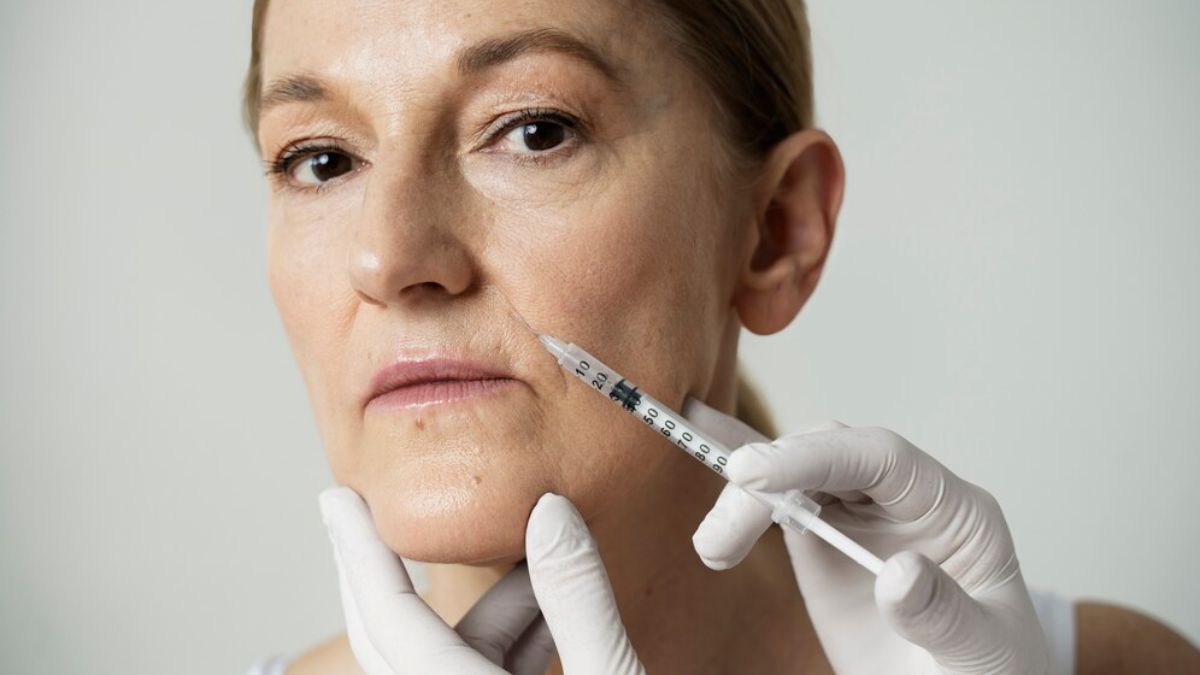Botulinum neurotoxin is a potent substance used in both medical and cosmetic applications. When used in beauty treatments, it plays a significant role in reducing wrinkles, contouring the face, and even slimming certain facial features. Understanding its effect on the body provides insight into its broad application in the beauty industry.
How Botulinum Neurotoxin Works at the Cellular Level
Botulinum neurotoxin, now more famously referred to in cosmetic circles as Botox, exerts its effect via the inhibition of the neurotransmitter acetylcholine neurotransmitter involved in the process of muscle contraction. It works by inhibiting the transmission between nerves and muscles when injected locally, thereby causing temporary paralysis of the muscles. In application to facial muscles, dynamic wrinkles such as frown lines and crow’s feet become smoothed.
It has been shown that an impulse is completely blocked within 24 to 72 hours by one injection, even though its full effect may take as long as 10 days to appear. Medical research states that doses required for blocking cosmetic indications of acetylcholine release are usually about 20-50 units for facial areas, depending on the size of the muscle. Such a degree of precision with dosing makes it highly effective for specific applications.

Duration and Efficacy: How Long Does Botulinum Neurotoxin Last
One of the advantages of the aesthetic use of botulinum neurotoxin is that its effect is temporary. It could last, on average, from 3 to 6 months, depending on the metabolism and muscle activity of the subject and also on the dose of the used toxin. Indeed, clinical tests have shown that a typical dose of 20 units to the glabellar (frown) lines area is efficient for an average duration of four months in 70% of cases.
However, efficacy can be extended with consistent treatment. Some studies have recommended that after 5 to 6 rounds of treatments, muscle activity is reduced to such an extent that smaller doses will yield equally long-lasting results. This could be a long-term, cost-effective treatment for the patients, as over time, small dosages will be needed. For example, after repeated use, a patient will need only 10 to 15 units in the same area where 20 units were initially used.
Safety and Side Effects: What Risks are Involved
While generally considered safe by professionals, there is some risk associated with botulinum neurotoxin. Among the most common adverse outcomes, local muscle weakness can cause transient drooping of an eyelid or eyebrow in about 5% of cosmetic patients, according to the FDA, which usually resolves within a few weeks and can be reduced by accurate placement techniques.

This often results in flu-like symptoms or allergic reactions from the injections. One 2020 study mentioned that less than 1% of patients develop such adverse reactions. Another long-term risk factor is resistance. After some time, some of these patients become resistant to neurotoxin. Scientifically, studies have found that 1-3% of patients develop neutralizing antibodies, which diminish the effectiveness of subsequent treatments.
Applications Beyond Wrinkle Reduction: Expanding Use Cases
Other than being useful for wrinkle reduction, botulinum neurotoxin has extended its indications into other cosmetic uses, including facial contouring and facial mass reduction. Slimming of the lower face by the reduction of masseter muscles, also called “jaw slimming,” is one of the most popular applications. A usual dose for this treatment is 25 to 50 units of botulinum toxin per side, and it may reduce muscle mass by up to 30%, as deduced from a 2019 study conducted on Asian patients, whose effect can be assessed after 6 weeks.
It has also been useful for patients with hyperhidrosis, a condition commonly described as excessive sweating, especially of the underarms. Treatments for hyperhidrosis employ doses in the range of 50 to 100 units and tend to last longer than cosmetic uses aimed at inducing wrinkle-free appearances of up to 6 to 8 months.
Other applications of botulinum neurotoxins have continued to evolve for cosmetic indications and continued refinement in their use. Each area to be treated requires very cautious dosing, considering the patient’s history, which makes this one of the most tailored treatments in aesthetic medicine.

The Growing Popularity and Market Demand for Botulinum Neurotoxin
This is promoted by the increased interest of consumers in minimally invasive cosmetic procedures. The botulinum toxin market size, valued at USD 5.8 billion in 2022, is expected to witness growth at a CAGR of 7.5% through 2028. Shares of such factors have been the rise in the number of wrinkle treatments and the expansion of neurotoxin therapeutic applications.
This is reflected by the fact that the use of botulinum neurotoxin as an early intervention against aging for the younger age brackets, from 25 to 35, has also increased demand for microdosing techniques. These practices are common among millennials, in which one survey estimated that about 20% use Botox as a sort of early intervention. The other reason for the increase has been social media and digital self-presentation; this has led to the demand for rapid and effective cosmetic treatments. Injection of botulinum neurotoxin, therefore, is one of the appealing options for people needing minor yet important modifications in their appearance.



